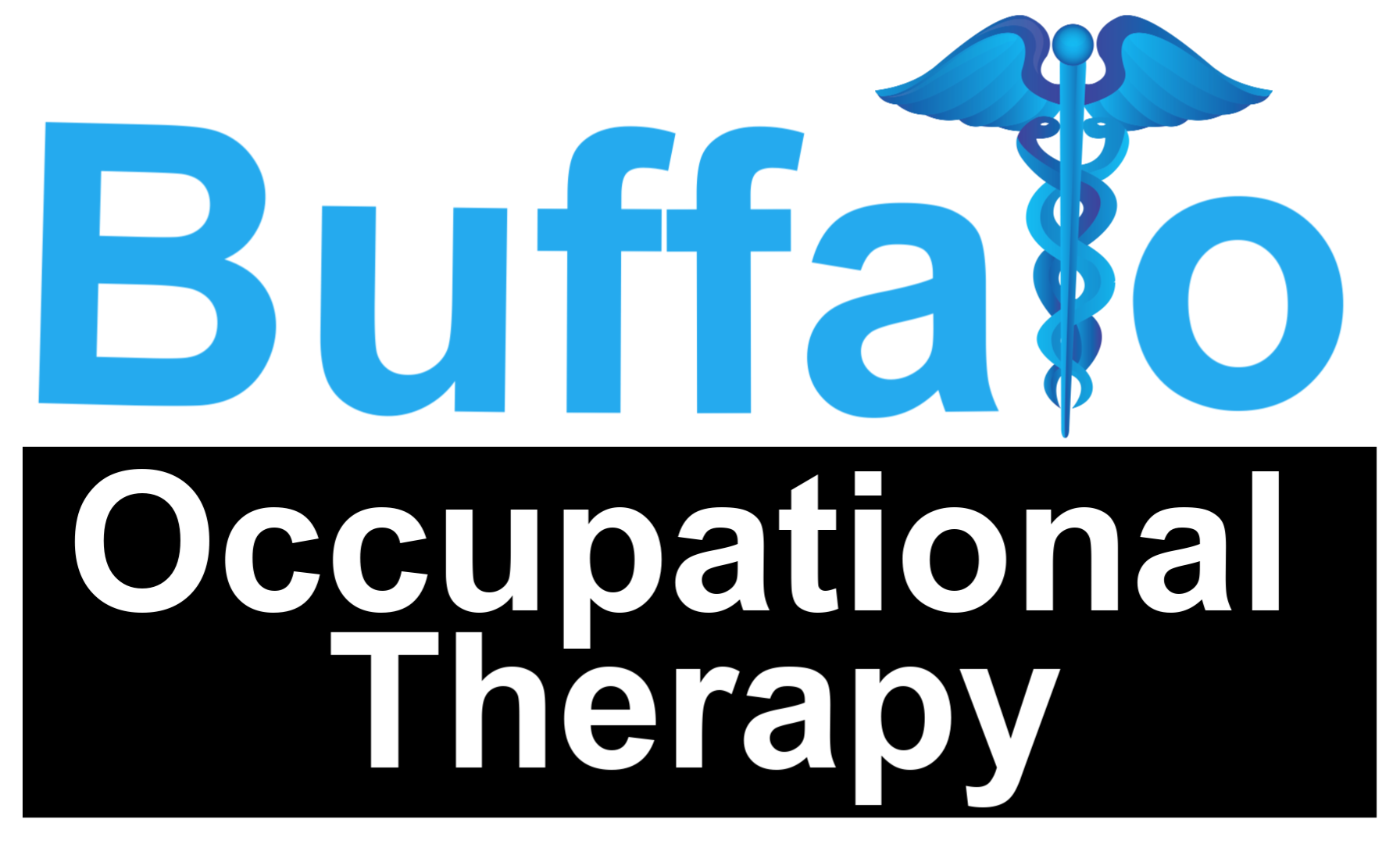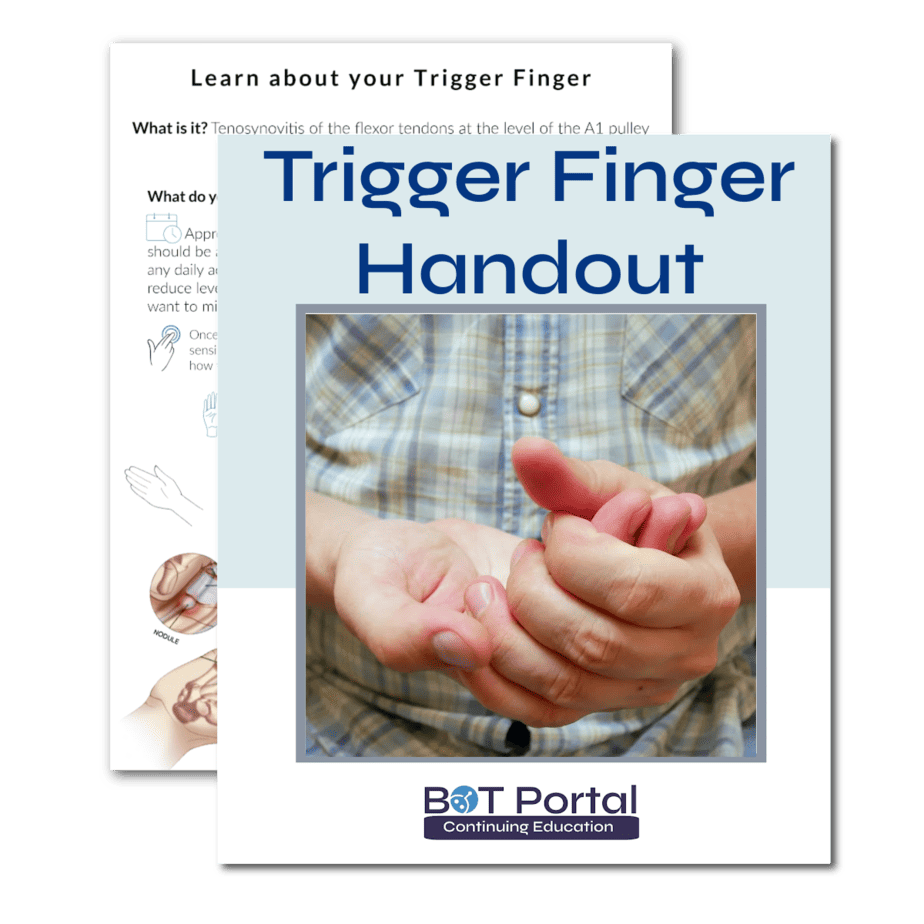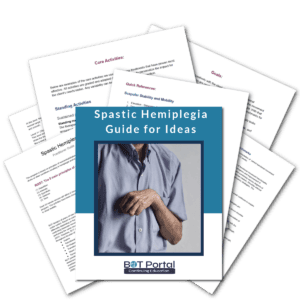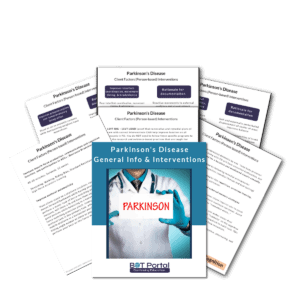Description
Trigger Finger Patient Handout
This original document is for all occupational therapy students and practitioners searching for a good printable on Trigger Finger implications. At times a trigger finger is corrected without surgery, but other times an outpatient occupational therapy practitioner will see a patient after their A1 pulley is released. It is the responsibility of an OTP to provide excellent and thorough patient education. This handout will let you do that while also reminding you of where you need to start during the intervention process! Download the ‘Trigger Finger Patient Handout’ PDF for a graphic of what to expect in the care of trigger finger post ‘A1 pulley’ release.
Background:
Trigger finger, or stenosing tenosynovitis, is a condition where a finger becomes stuck in a bent position and then snaps straight. This occurs when the flexor tendon sheath thickens or inflames, restricting tendon movement. Occupational therapy plays a crucial role in managing and treating trigger finger to enhance hand function and alleviate discomfort. The condition typically results from repetitive strain, gripping activities, or underlying conditions like diabetes and rheumatoid arthritis.
Occupational therapists employ a variety of non-surgical interventions to treat trigger finger. Splinting is a common technique, where a splint is used to keep the affected finger in an extended position to rest the tendon and reduce inflammation. Splints can be worn during activities that typically cause strain, as well as at night to prevent curling of the fingers. Alongside splinting, therapists may use manual therapy techniques, such as gentle stretching and massage, to reduce tendon tightness and improve flexibility. These techniques help increase blood flow to the area, promote healing, and reduce the chances of the tendon getting stuck.
Therapeutic exercises are also fundamental in the treatment of trigger finger. Exercises may include tendon gliding, which involves moving the fingers through different positions to maintain tendon mobility and prevent stiffness. Strengthening exercises, particularly those targeting the intrinsic muscles of the hand, help improve grip strength and support the tendons. Range of motion exercises are crucial to maintain flexibility and prevent joint stiffness, which is often a complication of trigger finger.
In addition to physical interventions, occupational therapists provide ergonomic education and activity modification advice. Patients are taught to avoid repetitive gripping and heavy lifting, which can exacerbate symptoms. Using tools and assistive devices to reduce strain on the hands during daily tasks can be beneficial. Therapists may also recommend using padded gloves or modifying tools to reduce pressure on the tendons.
Pain management is another critical component, often addressed through modalities such as heat therapy to relax the muscles and improve blood flow, and cold therapy to reduce inflammation and pain. In some cases, therapists might use ultrasound therapy to promote tissue healing and reduce inflammation.
Education is a key aspect of occupational therapy for trigger finger. Patients are instructed on self-care techniques, including home exercises, proper hand positioning, and the use of splints. This empowers patients to manage their symptoms and prevent recurrence effectively.
Overall, occupational therapy provides a comprehensive approach to treating trigger finger, focusing on reducing pain, improving tendon mobility, and enhancing hand function. Through splinting, manual therapy, therapeutic exercises, ergonomic adjustments, and patient education, therapists help patients regain hand functionality and improve their quality of life.




